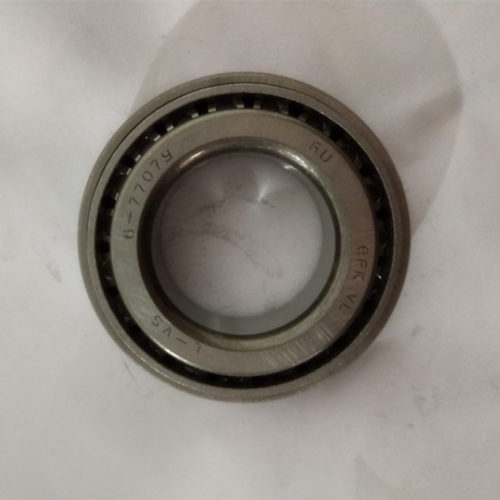Determining the load capacity needed for your specific application involves several factors, including the weight of the load, the speed of rotation, and the direction of the load (radial or axial).
Here are some steps you can take to determine the load capacity you need:
Determine the weight of the load: The weight of the load is one of the most important factors in determining the load capacity needed for your application. You can use a scale to weigh the load, or consult the specifications of the equipment that will be using the ball bearing.
Determine the speed of rotation: The speed of rotation can affect the load capacity needed for the ball bearing. Higher speeds may require a higher load capacity to prevent premature wear or failure. Consult the equipment specifications or manufacturer for the recommended speed range.
Determine the direction of the load: Ball bearings can handle two types of loads: radial and axial. Radial loads are perpendicular to the axis of rotation, while axial loads are parallel to the axis of rotation. Determine the direction of the load that the ball bearing will be supporting to ensure that the load capacity is sufficient.
Calculate the equivalent dynamic load rating: The equivalent dynamic load rating is a value that takes into account the weight of the load, the speed of rotation, and the direction of the load. This value can be used to compare different ball bearings and determine the load capacity needed for your application. You can use online calculators or consult the manufacturer for assistance in calculating the equivalent dynamic load rating.
Once you have determined the load capacity needed for your application, you can choose a ball bearing with a load rating that meets or exceeds your requirements. china high quality ball bearing factory It’s also important to consider other factors such as material, lubrication, and sealing to ensure that the ball bearing will perform well in your specific application.
What are some factors to consider when choosing the material, lubrication, and sealing for a ball bearing?
When choosing the material, lubrication, and sealing for a ball bearing, there are several factors to consider, including:
Material: The material used to make the ball bearing can affect its performance and longevity. Consider the following factors when choosing a material:
Load capacity: Different materials have different load capacities. Choose a material that can handle the expected load for your application.
Corrosion resistance: If your application will be exposed to moisture or corrosive environments, consider a material that is resistant to corrosion, such as stainless steel or ceramic.
Temperature resistance: If your application will be exposed to high temperatures, choose a material that can withstand the heat, such as ceramic or high-temperature steel.
Cost: The cost of the material can vary widely. Choose a material that provides the necessary performance for your application without exceeding your budget.
Lubrication: Proper lubrication is important for the long-term performance of a ball bearing. Consider the following factors when choosing a lubricant:
Operating conditions: Choose a lubricant that can withstand the operating conditions of your application, including temperature and speed.
Load capacity: Choose a lubricant that can handle the expected load for your application.
Contamination resistance: Choose a lubricant that can resist contamination from dust, dirt, and other particles to prolong the life of the bearing.
Sealing: Seals or shields can help prevent contamination from dust and other particles. Consider the following factors when choosing a sealing option:
Contamination resistance: Choose a sealing option that can prevent contamination from dust, dirt, and other particles to prolong the life of the bearing.
Friction: Seals or shields can create additional friction, which can affect the performance of the bearing. Choose a sealing option that provides the necessary protection without adding excessive friction.
Operating conditions: Choose a sealing option that can withstand the operating conditions of your application, including temperature and speed.
Overall, choosing the right material, lubrication, and sealing for a ball bearing requires careful consideration of the specific requirements of your application. Consult with a bearing supplier or manufacturer for guidance in choosing the best options for your application.
